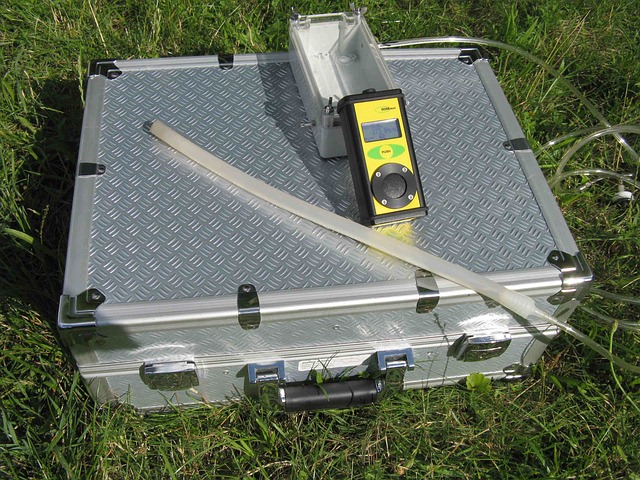Radon gas is a naturally occurring radioactive gas that can pose serious health risks, especially in areas where the gas accumulates indoors. It is odorless, tasteless, and invisible, making it difficult to detect without proper testing. This article covers what radon gas is, the dangers it poses, how to detect it in Washington State, and how to protect your home from its harmful effects.
What is Radon Gas?

Radon is a radioactive gas that is formed naturally from the decay of uranium, which is found in soil, rock, and water. It seeps into homes and buildings through cracks in the foundation, gaps around pipes, and other openings in a building’s structure. While radon is present in outdoor air at low concentrations, it can accumulate to dangerous levels indoors, particularly in basements and lower levels of homes.
In Washington State, certain regions have higher levels of radon than others. Areas with more uranium-rich soil, such as those in the western and northern parts of the state, are more likely to have elevated radon levels. The Washington State Department of Health provides maps showing areas with higher potential for radon exposure. It’s important for homeowners in these areas to test for radon to ensure their homes are safe.
According to the EPA, radon is the second-leading cause of lung cancer in the U.S., contributing to thousands of deaths each year. Radon exposure in Washington State is a significant concern, especially in homes with poor ventilation or foundations that allow radon to enter easily.
The Health Risks of Radon Exposure
Long-term exposure to elevated levels of radon gas is a major health risk, particularly for lung cancer. When inhaled, radon particles can become trapped in the lungs, where they release harmful radiation. This radiation damages lung tissue and increases the likelihood of developing lung cancer over time. Smokers are at an even higher risk since smoking and radon exposure together significantly raise the risk of lung cancer.
Prolonged exposure to radon in Washington State has been linked to an increased number of lung cancer cases, particularly in areas where radon levels are high. It is important for residents of the state to test for radon regularly, as homes with high radon levels can increase the risk to all members of the household.
The American Lung Association, along with the CDC, provides more in-depth information about the health effects of radon exposure, including lung cancer risks.
How to Test for Radon Gas in Washington State
Testing for radon is the only way to know if your home has high radon levels. The EPA recommends using either a short-term or long-term radon test. Short-term tests last from 2 to 7 days, while long-term tests can last several months, providing a more accurate year-round average.
Radon test kits are available at most home improvement stores, or you can hire a certified professional to perform the test. In Washington State, several organizations and professionals specialize in radon testing and mitigation. You can find a certified radon measurement professional through the Washington State Department of Health.
If your home tests for radon levels of 4 picocuries per liter (pCi/L) or higher, the EPA recommends taking action to reduce the levels. Washington State residents can get more specific information and recommendations for testing from the Radon Program on the state’s health department website.
Radon Mitigation: Protecting Your Home in Washington State
If your home tests positive for high levels of radon, mitigation is essential to reduce the risks associated with prolonged exposure. The most effective method is installing a radon mitigation system. These systems typically include a vent pipe and fan that draw radon from beneath the house and release it safely outside. This system can reduce radon levels by up to 99%.
In addition to installing a mitigation system, there are several other steps you can take to reduce radon levels in your home. These include sealing cracks and gaps in the foundation, improving ventilation, and ensuring that the home is well-ventilated. The Radon Training and Certification website provides further guidance on professional radon mitigation services available in Washington State.
For residents in areas of Washington where radon levels are higher, it is crucial to stay proactive in managing radon exposure. The Washington State Radon Information website provides useful resources for homeowners seeking to understand radon in their area and implement effective mitigation strategies.
Conclusion
Radon gas is a hidden threat that can significantly impact your health, especially in regions of Washington State with higher radon potential. Understanding radon’s risks, testing your home, and taking action to mitigate radon exposure can protect you and your family. By ensuring that your home is radon-free, you can reduce the risk of lung cancer and other health problems associated with radon exposure.
For more information about radon in Washington State, visit the Centers for Disease Control and Prevention (CDC), Washington State Department of Health, and the National Radon Program Services for additional guidance on radon testing and mitigation.
